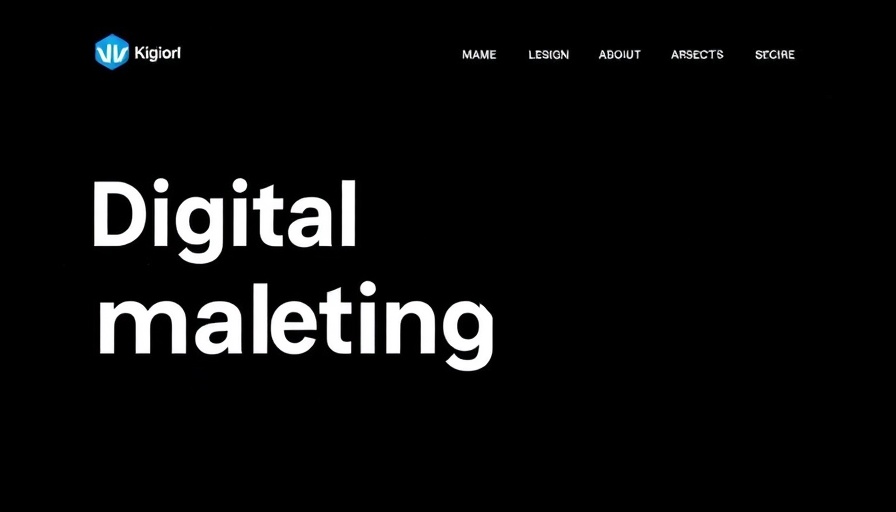
Understanding the Importance of Order Confirmation Emails
In the fast-paced world of e-commerce, ensuring customer satisfaction is paramount. One key touchpoint in the customer journey is the order confirmation email. This essential communication not only serves to inform customers about their recent purchase but also enhances their overall experience and can boost brand loyalty. If crafted thoughtfully, a well-structured order confirmation email can set a positive tone for future interactions and even determine the success of your retention strategies.
Best Practices for Creating Order Confirmation Emails
In order to maximize the effectiveness of your order confirmation emails, consider the following best practices:
- Clarity and Transparency: Clearly state what the customer has purchased, the total cost, and expected delivery dates. Transparency helps in building trust.
- Personalization: Use the customer's name and relevant details (like order number), which contributes to a personalized touching experience.
- Visual Appeal: Incorporate your brand’s logo and colors, making the email visually appealing and recognizable.
- Essential Links: Include links to customer service, your website, and order tracking options, which empower customers to follow up if necessary.
Examples That Inspire
Here are some proven examples of effective order confirmation emails:
- Amazon: Known for its clean layout, Amazon’s confirmations provide all essential information clearly, boasting easy navigation for tracking orders and returning items.
- Zappos: Not only do they confirm your order, but Zappos also highlights their customer service, reinforcing their reliability and commitment to customer care.
- ASOS: Utilizing vibrant visuals that resonate with their youthful audience, ASOS combines style with necessity, keeping the customer engaged beyond just the order details.
Future Trends in Email Marketing
Looking ahead, artificial intelligence is transforming email marketing. Automated systems can analyze customer behavior, allowing businesses to send timely, relevant messages that speak directly to individual preferences. This integration of data not only leads to improved customer engagement but also to measurable enhancements in marketing ROI.
Common Misconceptions About Order Confirmation Emails
Many marketers think that once the order confirmation is sent, their job is done. However, order confirmations are critical touchpoints that warrant ongoing refinement. Ignoring them in the larger marketing strategy disregards valuable opportunities to personalize and enhance the customer experience.
Take Action: Optimize Your Emails Today
The potential of a well-crafted order confirmation email extends beyond mere confirmation; it's an invitation to build a lasting relationship with your customers. As we progress into an era where personalization and automation will dominate digital marketing, prioritizing optimized communications is crucial. Today, take a step back and evaluate your order confirmation emails. Are they engaging? Are they informative? Use the insights shared here to refine your strategy and drive impactful results.
 Add Row
Add Row  Add
Add 




Write A Comment